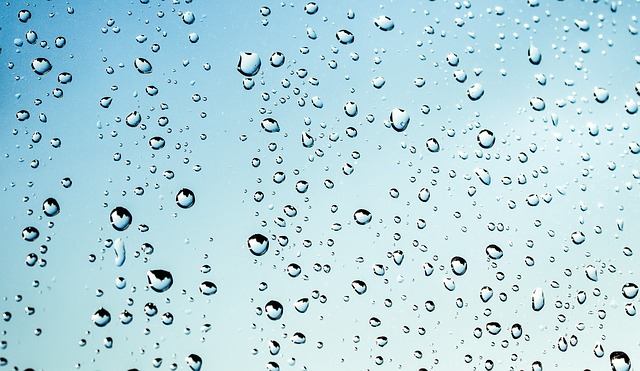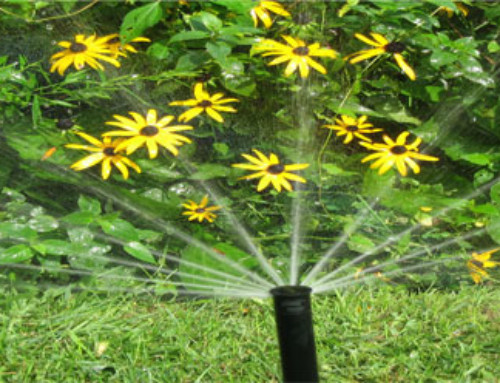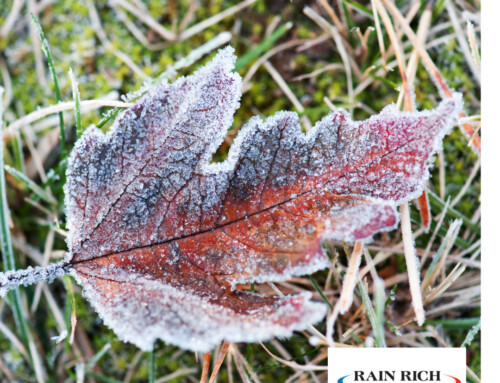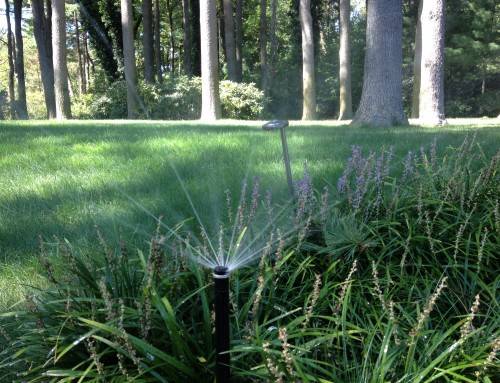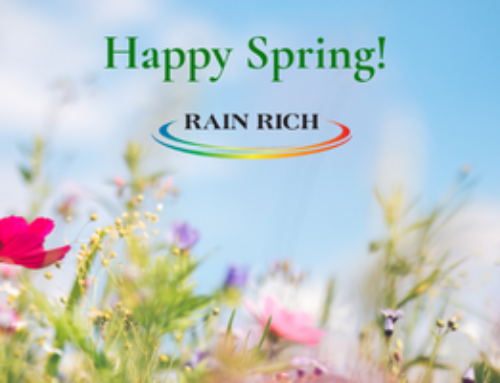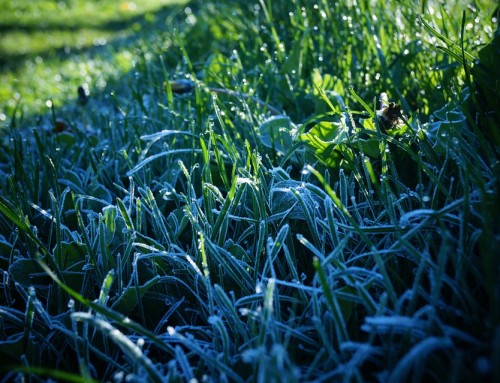The short answer is –yes. After a heavy rain I receive calls that the sprinkler system was running or ran soon afterwards. There could be a number of reasons for this.
A rain sensor is a small micro switch that is normally closed and allows a small amount of electric to flow between the controller and the electrically actuated solenoid zone valves. When the rain sensor is not wet the controller sends power to the zone valves and the system turns on and operates as it is programmed. When the rain sensor is wet the micro switch opens and the electrical path is interrupted and zone valves do not turn on. The system will turn on automatically once the rain sensor dries out and the micro switch closes and makes contact. There are many different types of rain sensors with several different configurations and all basically work with a micro switch opening and closing the loop of low voltage electricity to the zone valves.
Common rain sensors are:
- Cups that fill with rain water and the weight of the cup opens and closes the micro switch.
- Spongy fiber like material that expands and contracts which in turn open and close the micro switch.
Whichever type you have, typically they need to be replaced every 5 -10 years.
After checking on hundreds of rain sensor complaints over 30+ years I have found very few not to be operating properly because “they just don’t work”. There are several reasons that I have found that may cause a rain sensor not to work. I have listed them in order of highest frequency;
- The rain sensor has not received enough rainfall to cause the system to shut down. If it rains a ¼” and your rain sensor is calibrated to shut down when it rains a ½” or more then the sprinkler system will keep schedule and operate as programmed.
- The sprinkler system started its cycle before it started raining and the rain sensor has not received enough rainfall to shut the system off.
- The calibration on the rain sensor is set too high and needs to be adjusted to a lower setting. On conventional landscapes with a typical rain sensor, I have found that ¼” setting works best.
- The controller rain switch is on by-pass rather than in the active position.
- The rain sensor is damaged. I have found rain sensors damaged by construction on the house, falling trees and branches, squirrels, birds, insects, and kids.
- The rain sensor is improperly installed. It was improperly wired, or not mounted high enough and out of the way of trees, eaves of homes, or on the roof, or too low where the sprinklers can spray it with water. (My favorite).
- The rain sensor is old and worn out and needs to be replaced! They don’t last forever! Rain sensors can last up to 10 years depending on the conditions. Be prepared to replace. A sensor can cost anywhere from $200 to $500 (parts and labor) to replace depending on the type, the mounting, and the wiring. Regardless of the cost, rain sensors pay for themselves and will save you money in many ways.
Rain sensors are an integral component of the irrigation control system. They will save thousands (hundreds of thousands) of gallons of precious water over their lifetime. They will save you hundreds and even thousands of dollars on your water bill. Rain Sensors prevent overwatering that can damage to your lawn and landscape and are inexpensive to own and operate. My recommendation is that every system should have a rain sensing device, if you do not have one than have one installed today! If your sensor is 10+ years old then change it out as soon as possible.
If you would like to replace your rain sensor or have a question please call our office at 631-423-2211. You can also connect with us at www.rainrich.com or click here.
Rain Rich Sprinklers has been serving Long Island for over 39 years. Rain Rich prides itself on providing outstanding service and the best value.
· SMART CONTROLLERS
· BACKFLOW TESTING
· FERTIGATION SYSTEMS
· LANDSCAPE LIGHTING
· LANDSCAPE DRAINAGE
· HOLIDAY LIGHTING

